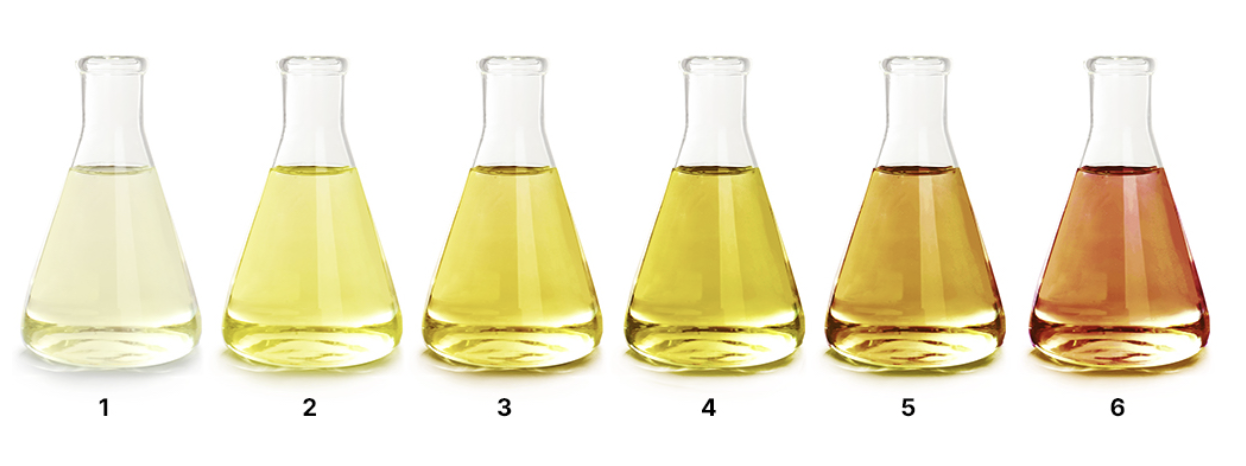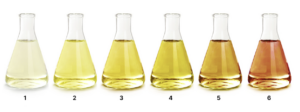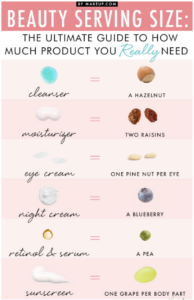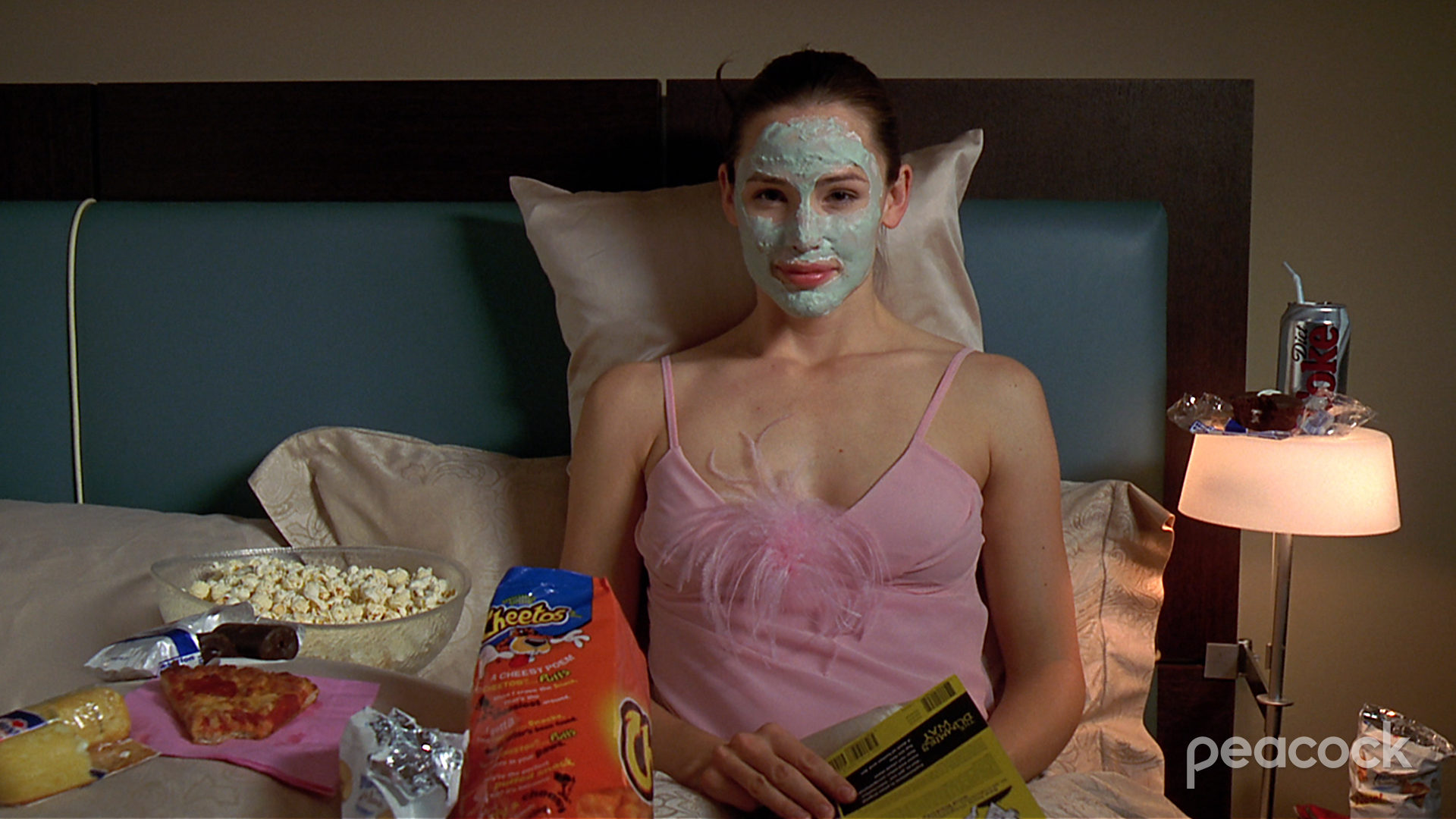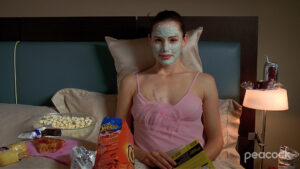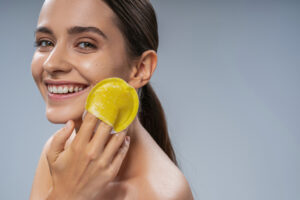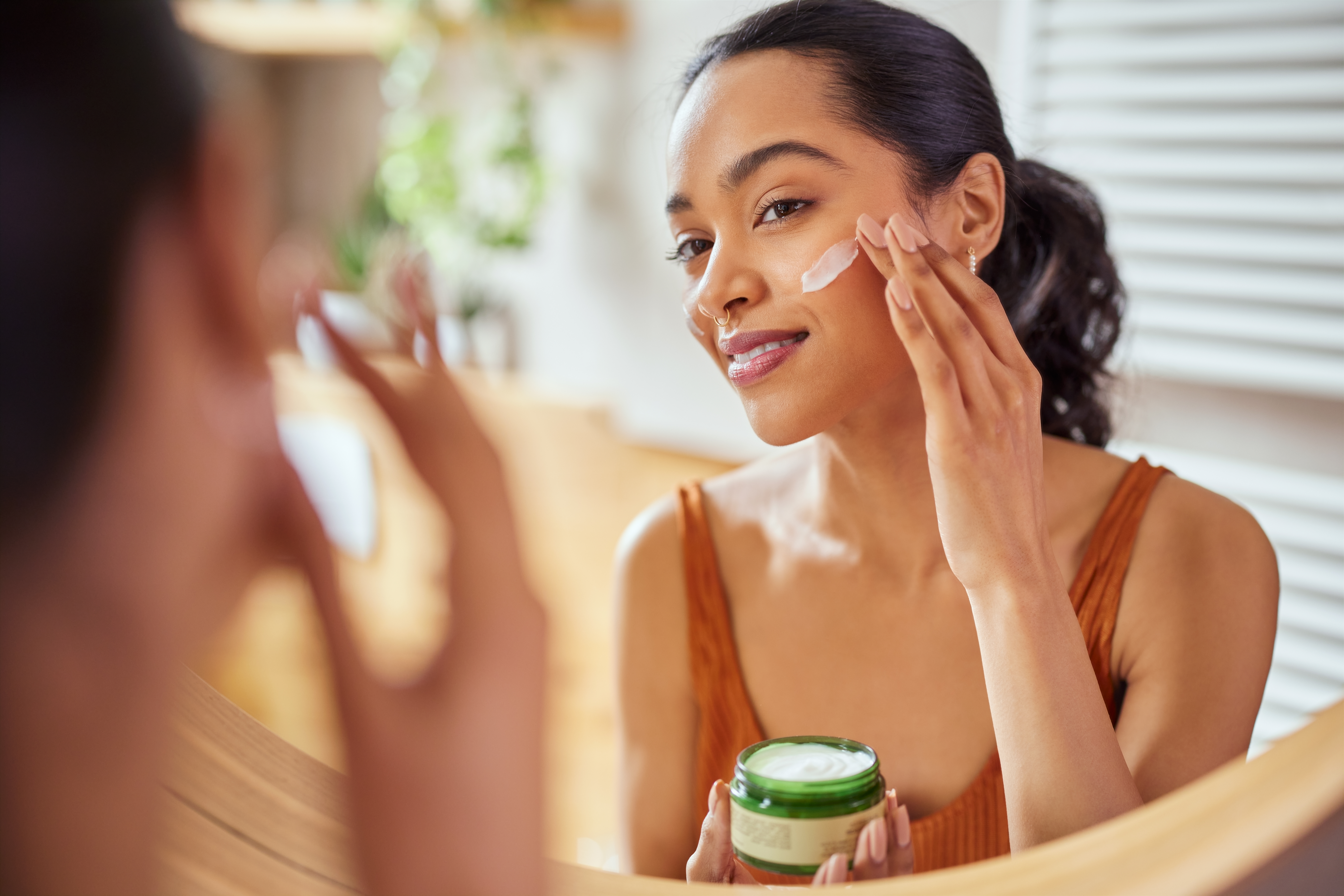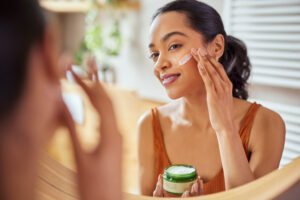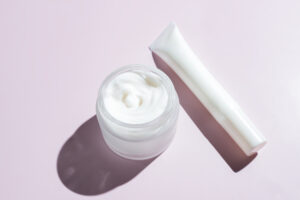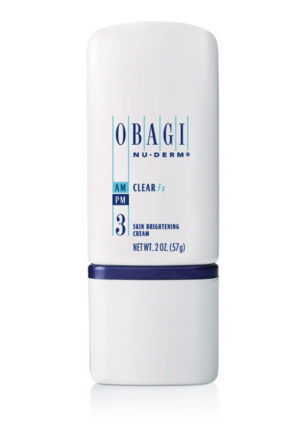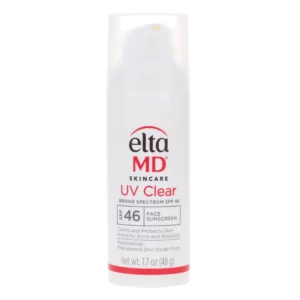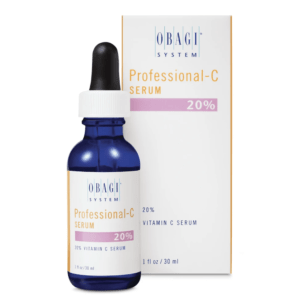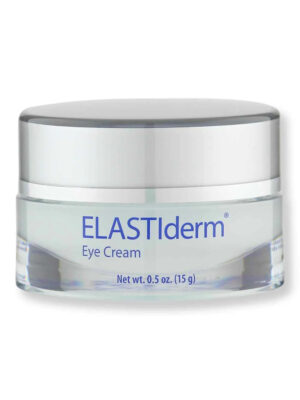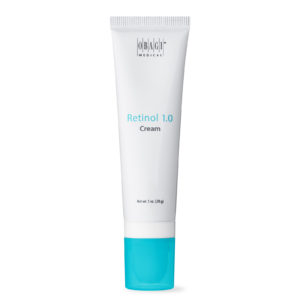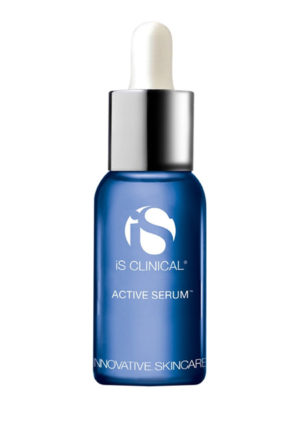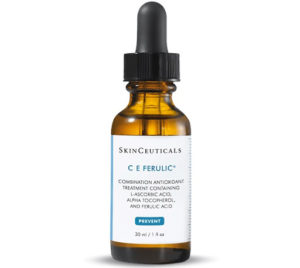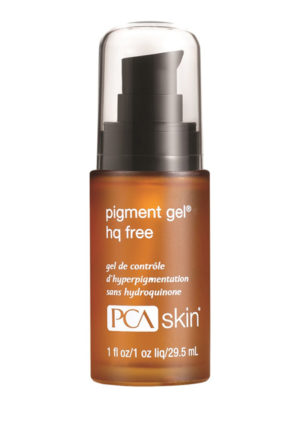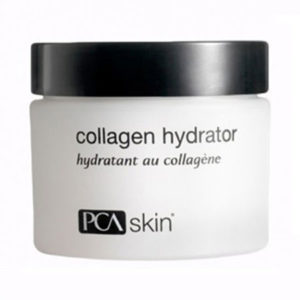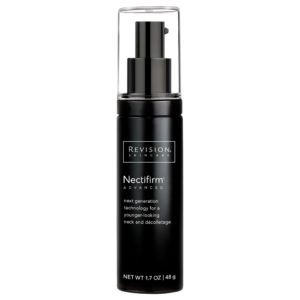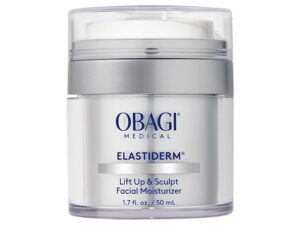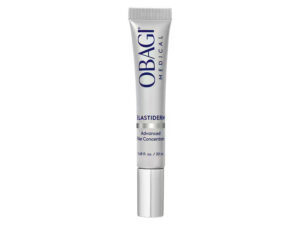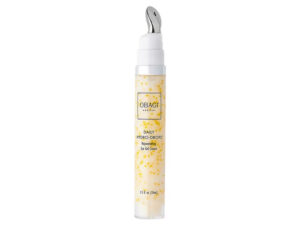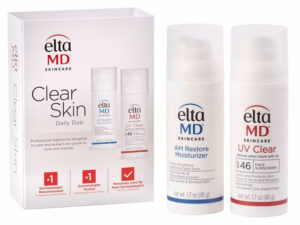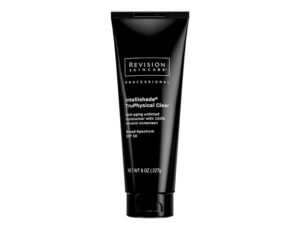
4 Skin Care Personalities
Minimalist, Trend-Seeker, Quick Fixer, or Connoisseur?
I’ve been a minimalist since childhood.While my friends were chatty about the last skincare and makeup products, hair wands, and gels, taking a mall trip to visit Sephora and spending their allowance on little vials of this or that, I was happily clueless. Today, as I start to see signs of skin issues in my 30s, I do what I can do to keep my skin healthy, but my ultimate dream is still to live on a deserted island where (in my magical alternate reality) my skin is naturally buoyed and kept supple and glowing by a totally naturalistic lifestyle. *sigh* While that may be far from my reality, the heart of it rings true for me. I don’t want to spend time worrying about my skincare, or money lining my shelves with new products. To put more focus on my skin than I’m comfortable with, I’ve learned would only make me anxious and obsessive about my skincare. For others, it’s a completely different story. My friend LOVES spending a weekend evening trying out new products and reading article after article about their effects. She has beautiful skin because that works for her. A sharper focus on her skin and time spent on skincare is a form of self-love and pampering. For me, a simple facial cleanse, a serum and a quick moisturizer with SPF are all I need for my skin to feel good and keep healthy while keeping stress on the issue at bay. We all have a skincare personality; the trick is to recognize it and learn how to roll with it. Going against the grain of what works for you (and that might change through different seasons of your life), will result in more frustration, stress and oh-just-forget-it outbursts than is good for your skin.
1. The Minimalist
You favor a quick cleanser, and a moisturizer to make your skin feel more comfortable and less tight, but you aren’t over-fussy with brands or expensive products. You want utility and prefer a more natural approach that weaves well with your lifestyle.
- Pros: You won’t spend too much time worrying in front of a mirror.
- Cons: You might experience some premature aging if you become neglectful of your skin.
- If You Do One Thing: Choose a few good products to address skin moisture, skin suppleness, and an exfoliating cleanser.
2. The Trend-Seeker
You expect quick, visible results from your skincare, and always look for a new product that might work better than your last investment. You have several pots of moisturizer, cleanser and masks on the go, ready to use for your skin’s changing needs.
- Pros: Open to advice, Enthusiastic, Keeps a consistent routine
- Cons: Poor effective may be had on sensitive skin from switching up products and trying new things so often
- If you do one thing: play around with non-essential products, but keep a consistent core product base.
3. The Connoisseur
You take skincare seriously, are well versed in the latest products, but unlike the Trend-Seeker, you’re not looking for a quick fix. You don’t mind taking the time to use a multi-step program, or investing in new technology with long-term trial periods.
- Pros: You’ll find what works and have fewer negative reactions to products.
- Cons: Maintaining this level of commitment can be time-consuming and expensive.
- If you do one thing: Don’t forget that diet, exercise and lifestyle have a huge impact on the way your skin looks and behaves. You may find it easier to choose a new do-all cream with multi-benefits to cut out a step or two of your regimen.
4. The Investor
You’ve found a range of products you love and suit your skin. You stockpile when there’s a special offer on and see no reason to look for anything new. You’ve done your research and you’re investing in your long-term skin goals, and aren’t expecting to see any immediate effects on your overall skin health.
- Pros: less time spent worrying about skincare
- Cons: You could be affected by tachyphylaxis (when a product stops working for you from overuse).
- If you do one thing: Take inventory of your skin once a year for any changes due to aging, pregnancy or climate changes. Have a rotating arsenal of multiple products to interchange and avoid tachyphylaxis.

